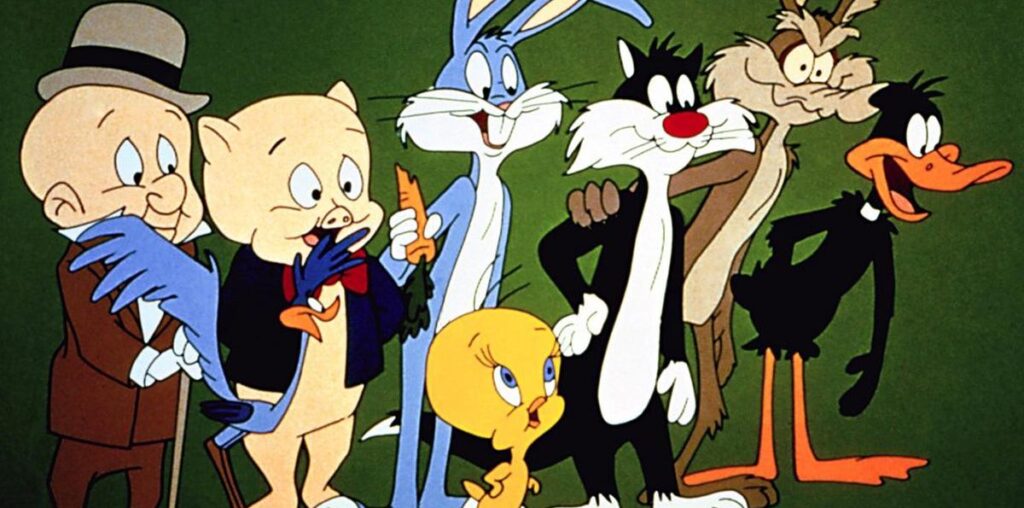Animation is a form of art that has captured the hearts of young and old across the globe. From the beautiful fairy tales of Disney to the adventures of Pixar to the inspirational stories of Studio Ghibli, animation transcends the language barrier. It brings forth stories reflecting the creativity and diversity of human experiences.
During the ancient age, storytelling was the only leisure for people in the form of cave paintings that depicted early shadow puppetry and that is how the roots of animation were formed. It wasn’t until the 20th Century that animation truly became a medium for visual storytelling. A French caricaturist and animator, Emile Cohl, who is considered ‘The father of animated films,’ created one of the first fully animated movies, ‘ Fantasmagorie’ in 1908. The movie featured a whimsical series of drawings that transformed into several characters. His unique technique laid the groundwork for modern animation by mixing humour and visuals.
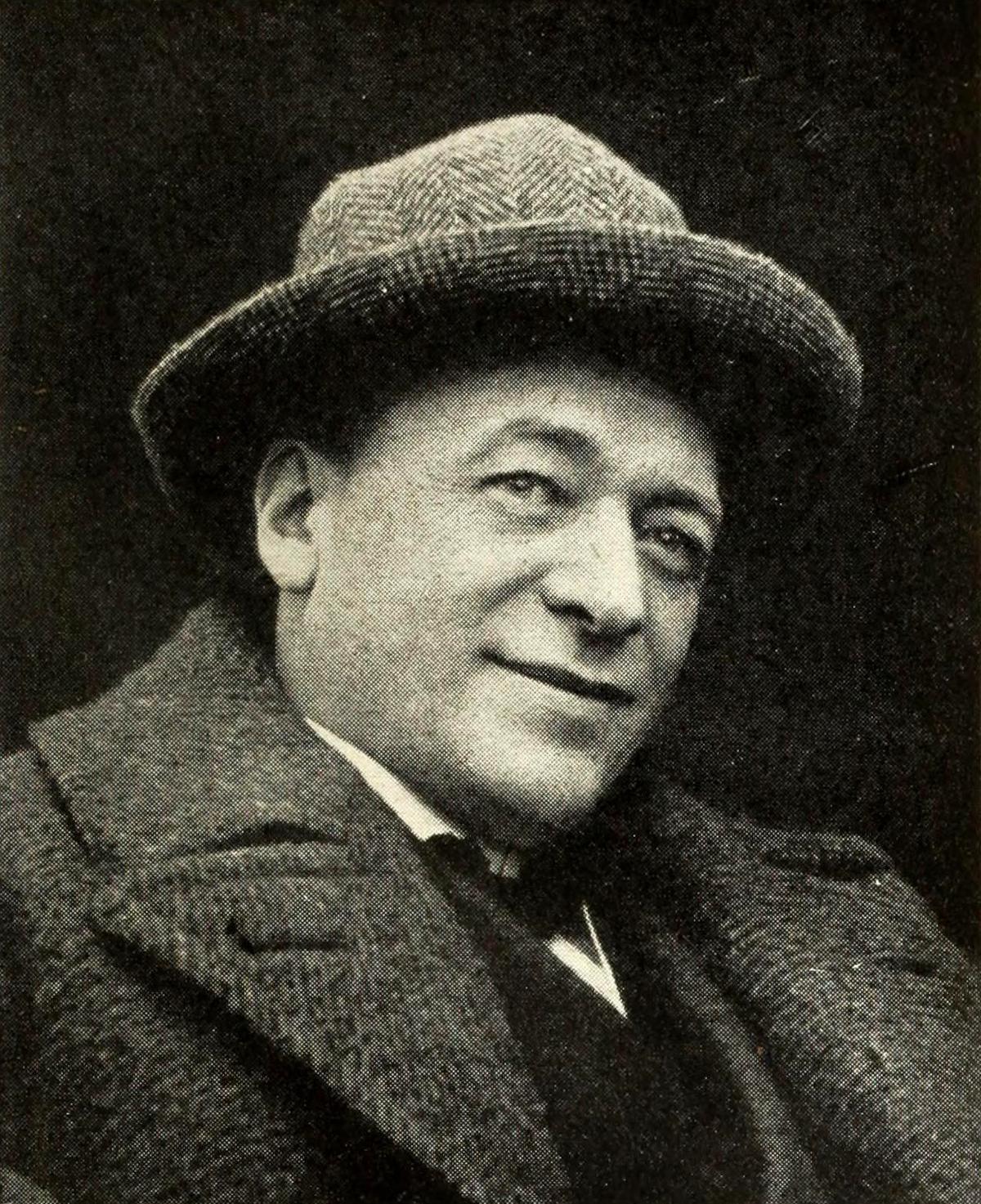
Emile Cohl
With time, technology evolved and so does animation which found new ways to capture the heart of the audience. In 1920, the introduction of cel animation took the world by storm and it was also the beginning of Walt Disney which brought characters like Mickey Mouse to life. In the year 1930, Warner Bros introduced a series that became the foundation of Western animation, namely Looney Tunes.
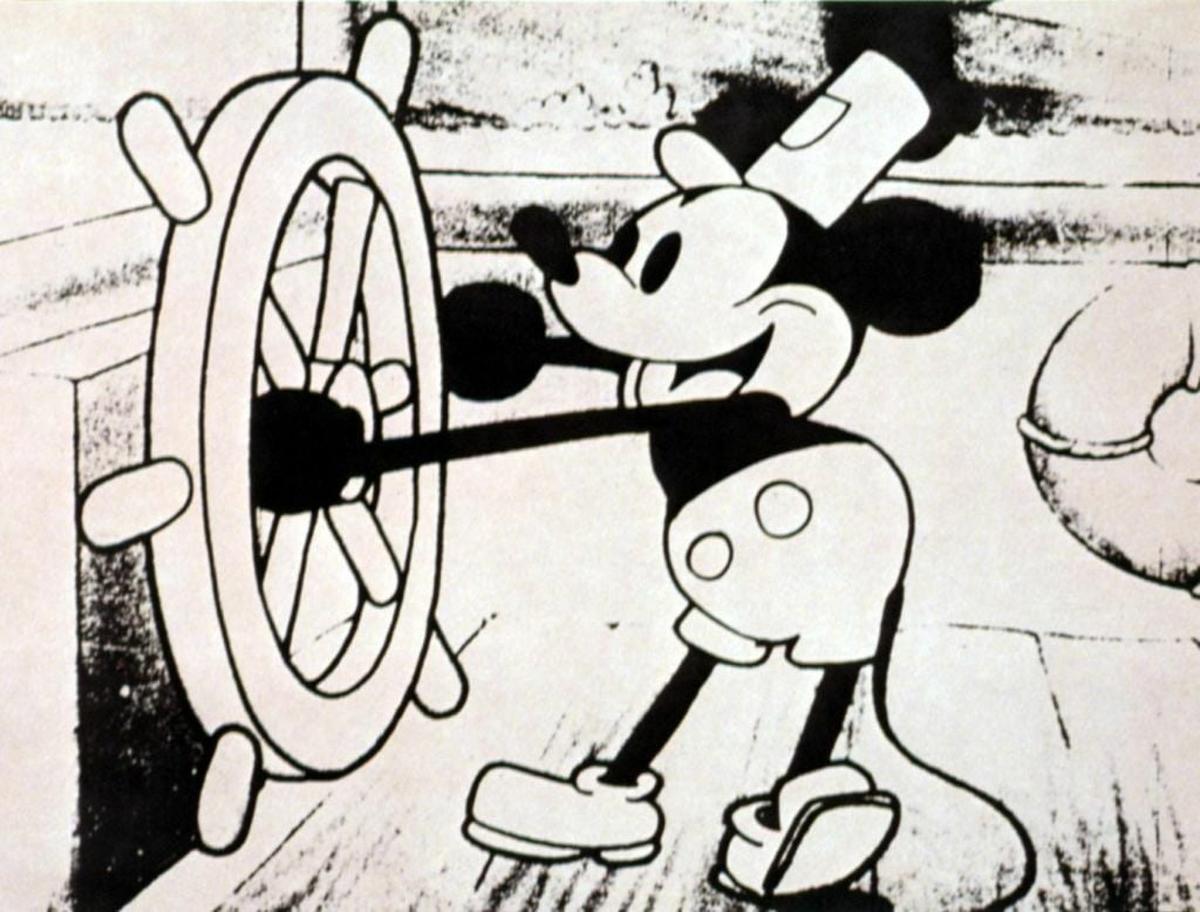
One of the most pivotal moments in the history of animation is the introduction of Computer-generated Imagery (CGI) which showcased the potential of 3D animation by blending old techniques with modern technology to create visually appealing stories. Today, animation is composed of several styles and formats from 2D to stop-motion. It is a powerful medium for expression and connection across the world.
The birthplace of feature animation
North America is considered the birthplace of the feature animation industry with the establishment of studios such as Disney and Warne Bros. The first-ever feature-length animated film is Disney’s ‘Snow White and the Seven Dwarfs’ (1937) which serves as the pioneer of storytelling and character development in animation. The innovation in animation technology by using synchronised sound and technicolour in Disney’s movies captivated the audience and paved the way for a new genre.
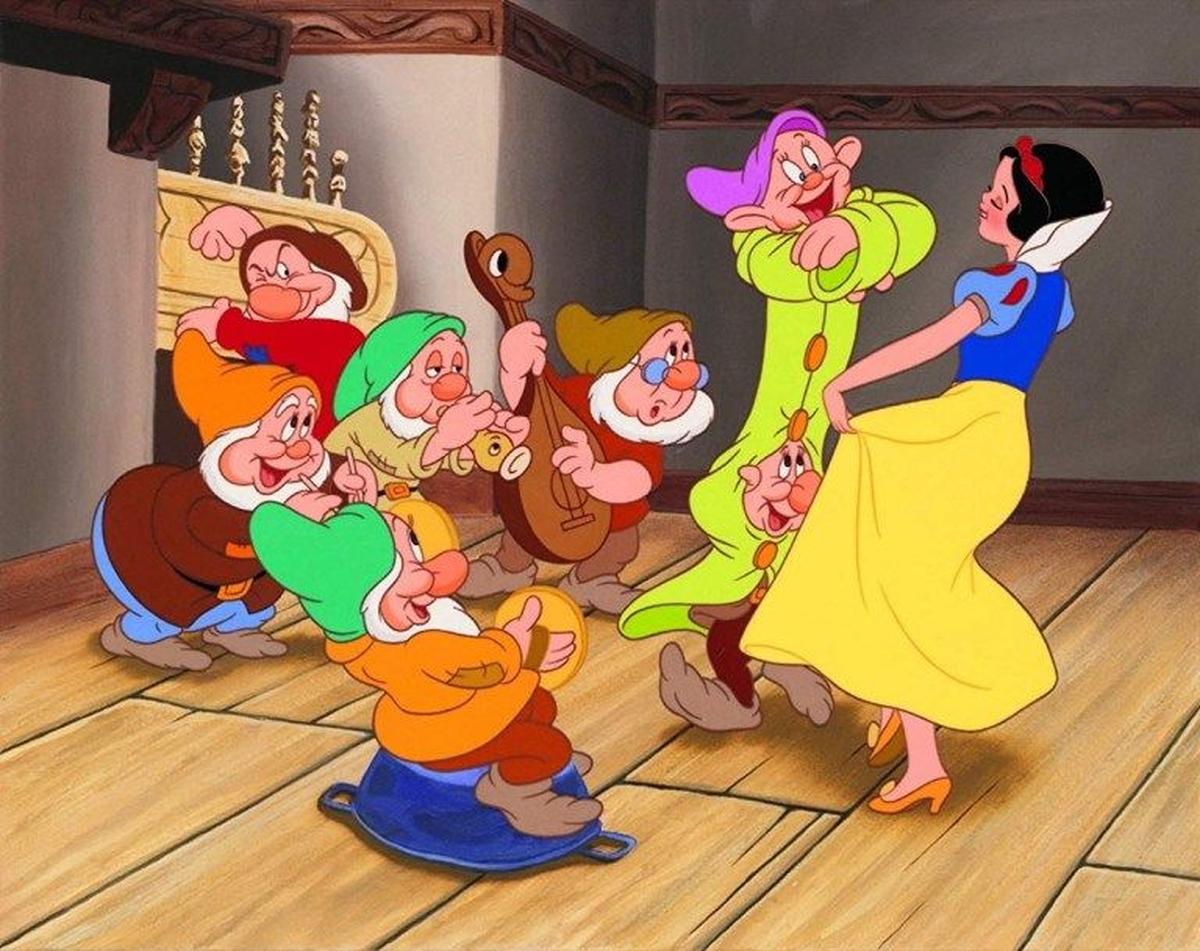
Snow White and the seven dwarfs
As the animation industry evolved, so did the themes in the animated movies such as tackling complex issues like loss and environmental conservation in movies ‘The Lion King’ and ‘Finding Nemo’ which resonated with young and adults, both. ‘The Incredibles’ and ‘Spider-Man: Into the Spider-verse’ showcased unique animation styles and storytelling as the rise of independent animation in North America brought diverse voices to the industry.
A fusion of tradition
A blend of traditional art forms and modern technology has been used vastly in the animation industry of Asia. One of the countries from Asia that has gained global recognition for its extraordinary animation is Japan. It is particularly renowned for its anime which encompasses a range of genres and themes. An iconic animation studio in Japan namely Studio Ghibli has created iconic movies such as Spirited Away, My Neighbour Totoro and more showcasing not only stunning visuals but also a compelling narrative that reflects societal values and environmental concerns.
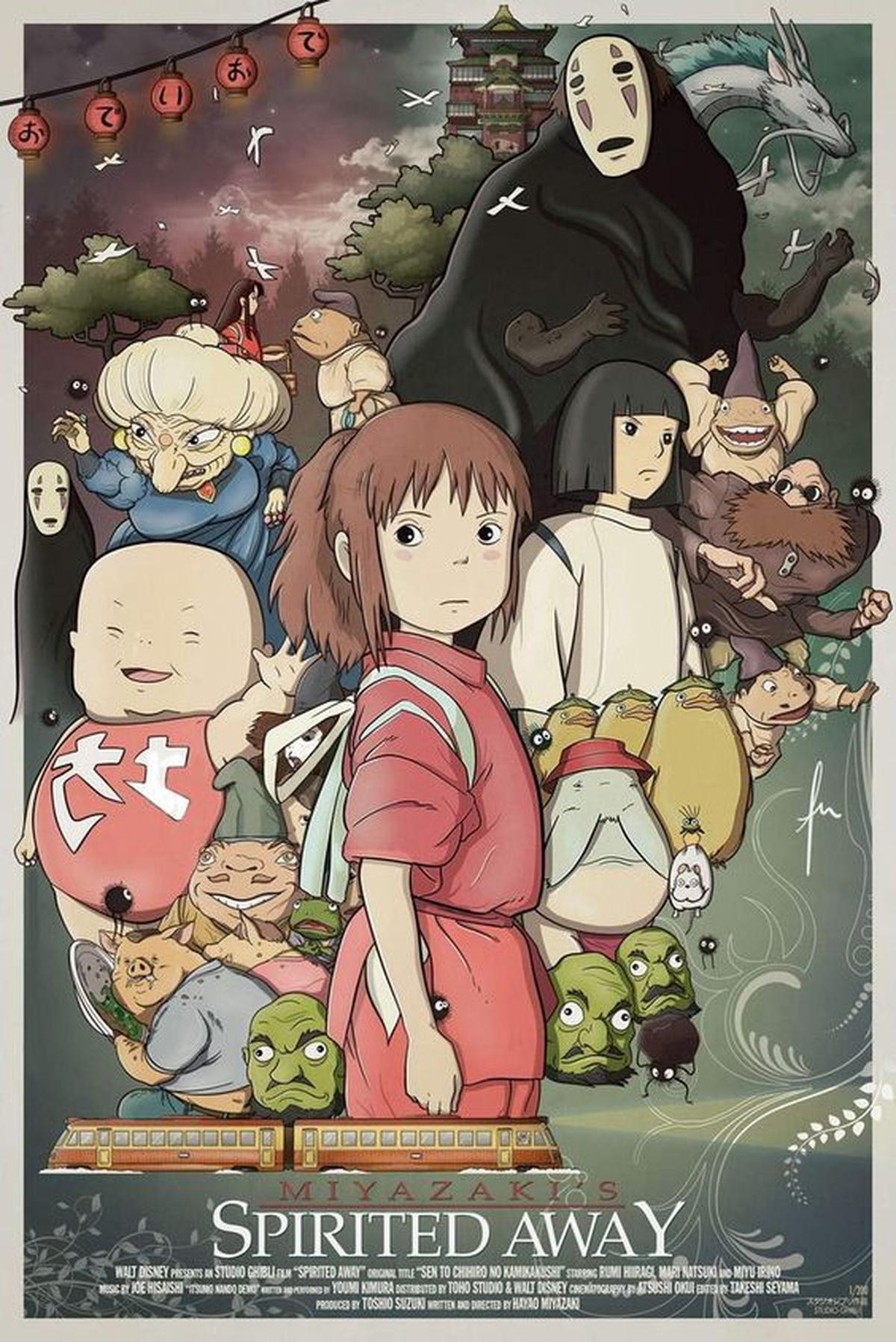
Besides Japan, South Korea is also acing their game in the field of animation by gaining fame for its high-quality production and captivating storytelling methods. The most popular animated movies from the country include ‘The Haunted House’ and ‘Miraculous Ladybug’.
A rich tapestry of stories
In Europe, ‘Fantasmagorie’ was one of the first animated films which was released in the year 1908. The movie captivated the audience as it seemed like hand-drawn characters were coming to life on the screen. Over time, several countries in Europe tried to find their own animation style and technique to make a place in the animation industry.
In 1990, the U.K. won the hearts of kids by creating a stop-motion series called Pingu, a cute penguin living in the South Pole who spoke in silly sounds instead of words. It became an instant favourite across the world. Several TV shows such as ‘Postman Pat’ and ‘Les Aventures de Tintin’ became classic watch for families all over Europe.

Animation stepped into Latin America in the 1930s when television was just getting popular. In the 1980s and 1990s, talented animators, like Ale Abreu, created films that told important stories. Today, Latin American animation is celebrated worldwide. Movies like Disney-Pixar’s ‘Coco’ highlight Mexican culture and music, showing how animation can connect people through stories. Together, the history of animation in Europe and Latin America is filled with creativity and magic, bringing joy to kids everywhere!
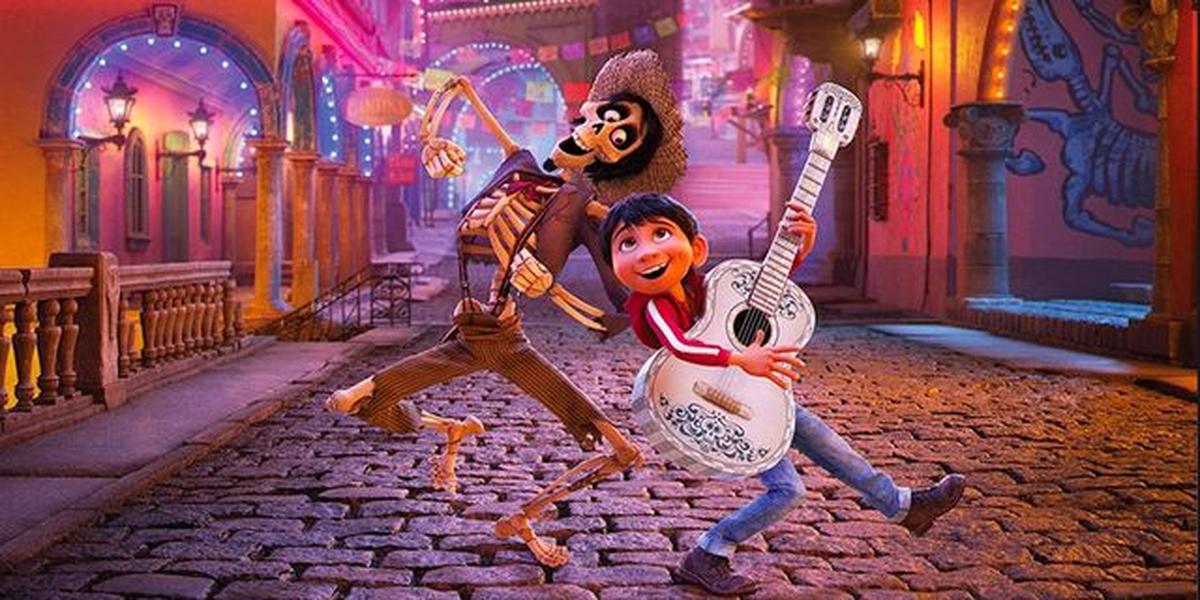
Coco
The Indian twist
Did you know that in the year 1957 India made its first animated film in colour called ‘The Banyan Deer’ which was based on a popular tale from the Buddhist Jatakas. It might seem like animated movies are foreign products but India has been quite passionate and innovative in this field as early as 1934. The origin of animation in India began with shadow puppetry such as ‘Tholu Bommalata’, etc in the 3rd Century. The storytelling transformed in the early 20th Century when cinema took over the country. Many Indian filmmakers including Dadasaheb Phalke tried their hands in basic animation. Some early animated movies in India include: ‘The War That Never Ends’ by IFI, ‘Cinema Kadampam’ (1947) by N. Thanu and ‘Superman’s Myth’ (1939) by G.K. Ghokhle.

India’s first full-length animated movie was released in the 1990s namely ‘The Legend of Prince Rama’ created by Yugo Sako and Ram Mohan. This feature-animated movie was a blend of Indian storytelling with Japanese animation. It led to the foundation of a host of several mythology-based animated movies in the country such as ‘Hanuman’, ‘Mahabharata’, etc.
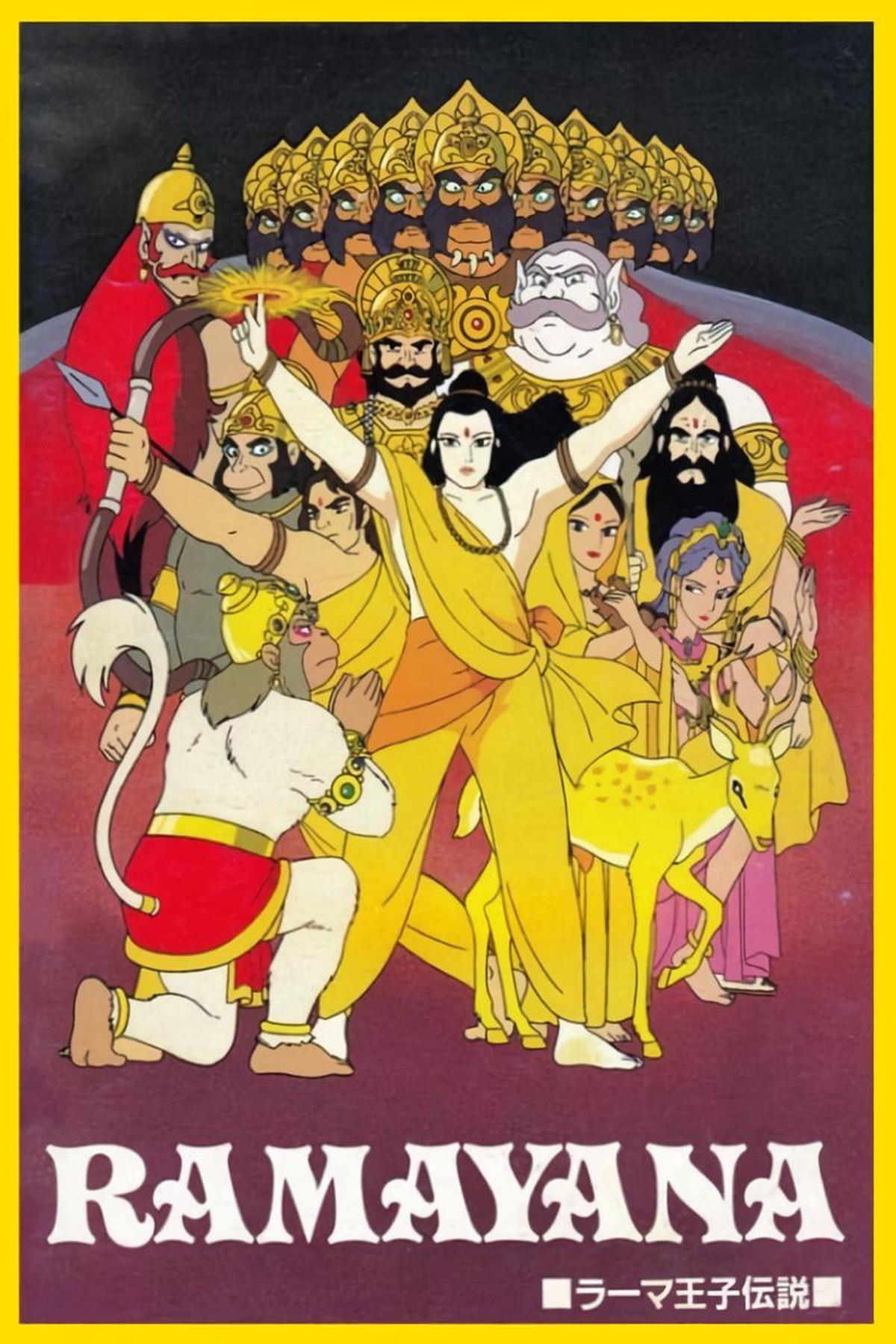
With the introduction of several cartoon channels such as The Cartoon Network, Disney, Pogo and Hungama in the early 2000s, animation became the source of entertainment in Indian households and paved the way for the industry in the country. During this time, India saw the establishment of several studios bringing in Indian animated stories and characters such as ‘Chhota Bheem’.
Netflix and other streaming services have paved the way for animators to showcase their work worldwide. The future of animation is promising with technological advancements and unique storytelling. As diverse voices keep emerging, the animation industry will continue to thrive worldwide.
Published – October 28, 2024 09:00 am IST
